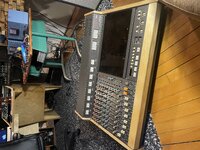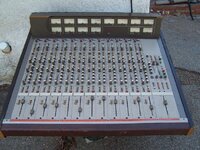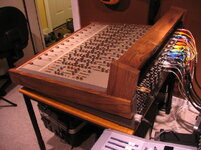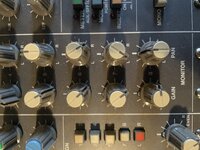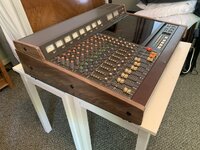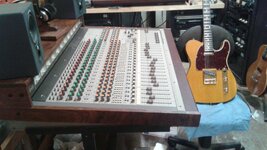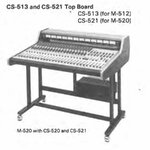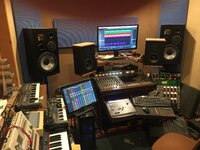Well you’re welcome. I wish it was possible to make a living doing this sort of thing because I do enjoy it, and as it stands have extremely little time to engage in it…I don’t even work on my own projects hardly anymore. I’m glad to help. And if my hunch is wrong we’ll keep at it and replacing U104 is good preventative maintenance because if it’s not faulty now, it likely will be in the future.
Well you seem to have a pretty good grip/instinct for things and don’t seem to be afraid to keep going and trying…and reaching out for help…that is 100% how I’ve learned what I know, the “hard way” I guess. But you’d be surprised just how messed up things have to be before you really have to throw in the towel and I think it comes down to just how much you want the device to work, how much in resources you’re willing to throw at it, how much persistence you’re wired to expend, and many times having the wisdom to, in that moment of complete “Arg!” to know that’s the time to step away for the day or night and know that in 24 hours or whatever you’ll have your composure and motivation again. Sometimes it means having a parts for or machine and just pulling a whole PCB assembly and swapping it in. You should read what I went through trying to get the multi-frequency test tone oscillator working on my early 1980s Tascam prototype console…it’s in my “Tascam M-__ Story…” thread somewhere. Anyway, it wasn’t working, and I had to make it work. I couldn’t stand it being present but not working. I don’t recall ultimately what all had to be done to make it work, but a couple different people helped me learn how the oscillator works and then helped with troubleshooting steps, and it was further complicated because the console is a prototype device and there are no schematics or tech docs. So everything has to be reverse-engineered, so I had to learn how to do that and draw it out. I’m sharing this with you just as perspective to how far things can go if you keep at it. Ultimately it was fixed. You’re friend had good intuitions too with your 388. I’ve found that if a device has IC logic onboard and it’s doing really weird inconsistent things, it often ends up being faulty logic components OR faulty power to the logic. And always start by checking the power source.
Oh it’ll make you mad again…hopefully not now, but at some point. But each time you work on it it becomes more familiar and less intimidating, and remember: in the big picture it’s all progress.
No there’s just one…it’s a little confusing how the part is represented on the drawing…they’ve just deconstructed the circuit that’s housed in the chip because that’s how the schematic is drawn. Typically there would be some sort of section identifier, like instead of what looks like three separate components each labeled “U104, U104, U104”, it would be labeled as “U104-1, U104-2, U104-3”; three sections of one component, or something like that. Because, anyway, you would never have the same component identifier used three times. Each component has, or *should* have its own separate identifier. You can see what I’m talking about right next to U104 on the schematic just to the right with the PGM 1 input amp and fader booster U301…it’s a TL072 dual opamp, so two opamps in one chip, one side does the input stage ahead of the fader and the other side does the post fader booster amp. It’s one part, U301, but in this case they label it as “U301 (1/2)” and “U301 (2/2)”. So anyway, there is just one U104. BUT…verify the part by looking at the physical assembly! I am almost certain from memory it is a 4069, but the parts list notes a 4049. The 388 manual is particularly riddled with errors, so I think the parts list is in error, but just look at the physical part to verify before you buy.
Yes that’s exactly it. Assuming you verify as above by looking at the physical assembly and it is indeed a 4069. I’m 99.9% sure that’s what you’ll find and that part at Mouser is the one I would pick. I tend to use TI parts when available, and except in rare circumstances only buy from a reputable retailer like Mouser, Digikey, Newark, Allied Electronics, etc…all your problems (hopefully) solved for $0.89USD plus shipping. Pretty amazing really. I have a decent collection of through-hole parts. Over time they will become harder and more expensive to find.
Okay. Your turn.

